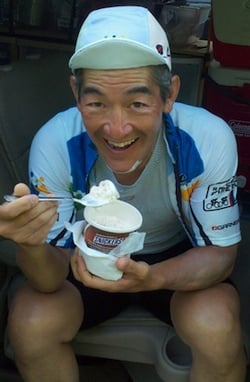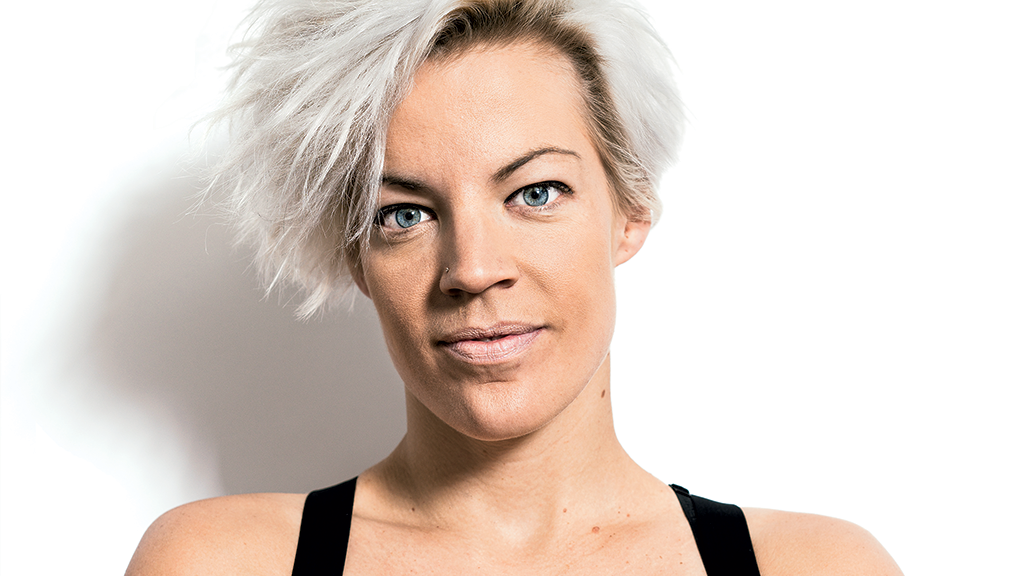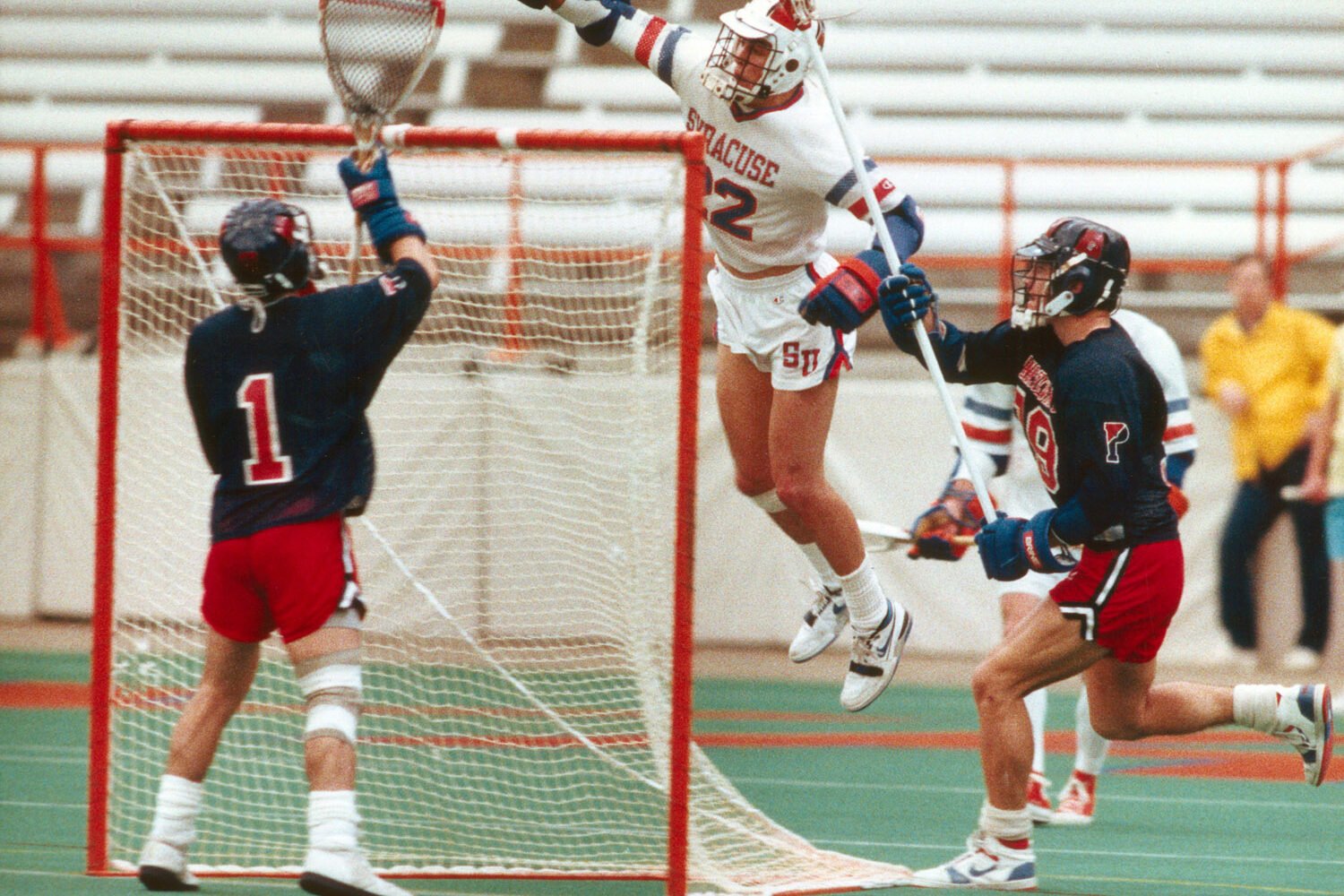
There are 2,989½ miles between Oceanside, California, and Annapolis. Randy Mouri has pedaled each one.
On June 27, the 51-year-old Fairfax native became the first official American finisher in his age group for the Race Across America. He was one of 41 solo cyclists from more than a dozen countries to start the journey.
“Like most other extreme sports, it’s about the challenge and not knowing how far you can push your body but wanting to find out,” says Mouri.
Each racer is allotted 288 hours—that’s 12 days—to complete the course and garner the title of official finisher. The clock doesn’t stop for sleep, bathroom breaks, or any other distractions of modern life.
Mouri crossed the finish line after 11 days, one hour, and 13 minutes. This is how he did it.
Pre-race training
A typical training day for Mouri goes something like this:
3 AM: Wake up, equipment already laid out. Eat something light, like a bottle of Ensure. “It’s an easy way to get calories, and it tastes like a milkshake.”
3:30 to 6:30 AM: On the road, cycling 52 miles from Fairfax, through DC to Rockville. Take a sink bath and rinse out bike clothes.
7 AM to 5 PM: Start work early to get a jump on the day as a pre-press manager for the publishing company Mercury.
8:15 PM: Arrive home; chat with Susie, his wife, who has dinner prepared. Shower.
9:30 PM: In bed, asleep by 10.
Club rides on the weekend extend Mouri’s weekly distance to between 400 and 600 miles. “It’s a nice way to socialize and still have a little bit of sanity,” he says. On Mondays, Mouri drives to work because he teaches a morning spin class at Rio Sport & Health in Gaithersburg. “I had to draw the line somewhere.”
Caffeine on wheels
Completing a transcontinental route ensures riders endure the extremes this nation offers: thermometer spikes to 114 degrees in vast stretches of desert—“The temperatures weren’t horrible,” he says—contrasted with freezing mornings in the mountains and thunderstorms on the plains.
Hail dented Mouri’s helmet as a Kansas storm closed in from behind: “I’m going close to 30 miles per hour through rain-covered roads and hail starts coming down. It was like riding into a refrigerator.”
To say the race requires a titanium determination is obvious. Mouri says he thinks about biomechanics, concentrating on form and cadence to stay focused. But racers also take in enough caffeine to make a med student blush. Sunburn, muscle soreness, and chafing can be mitigated with planning. Sleep is a true enemy.
“With every few pedal strokes my eyes just wanted to close,” he says. He averaged two and half hours of sleep for each full day of the race. Notes from the meticulous spreadsheets kept by his crew aren’t heartening: “Randy really dragging,” “very tired,” and “couldn’t stay awake.”
Ice cream with Mouri
Riding solo is a misnomer.
Mouri’s crew consisted of ten individuals, including his wife, Susie. “There’s no way I could have done this without her. She’s been the backbone of the majority of my events,” he says. “She plans everything.”
Three support vehicles hosted spare parts, an onboard chef, and headquarters for the logistics of keeping one human being sane, healthy, and moving forward.
“They’re feeding you, dressing you, caring for your wounds, motivating you,” Mouri says. “All I really have to do is pedal the bike.”
In one 24-hour period through Kansas and Missouri, Mouri cycled 357.6 miles. Susie and others kept tallies of every calorie and ounce of liquid Mouri consumed throughout the race.
He says the stomach dictates what riders eat along the way, and his is one for variety. The team bought 40 pounds of powdered sports drink, most of which was hauled across the country after Mouri’s palate tired of it within days.
“I probably ate 15 pounds of strawberry Twizzlers,” he says. When he started craving ice cream, the crew was worried it might upset his stomach. “I’ve never had an upset stomach from eating ice cream,” Mouri told them. The team stopped for a pint of Ben & Jerry’s Chocolate Chip Cookie Dough.
A little effort
As Mouri closed in on the Atlantic seaboard, the sleep deficit built to a crushing level. His fellow cyclists came to the rescue.
Mouri rides with two clubs, the DC Randonneurs and the Severna Park Peloton. Members trekked to points on the route in Pennsylvania and Maryland to cheer and chalk messages of encouragement on the side of the road.
“It really picked me up,” Mouri says. “They probably shaved a day off my finish.”
He finished the 30th anniversary Race Across America course on June 27.
Favorable tailwinds across the country helped push him well under the finisher cutoff, he says. Yet Mouri considers himself an amateur rider, albeit one who has removed the word “can’t” from his vocabulary.
“I’m not a really fast cyclist, and I’m not a really great cyclist,” he says. “I did it with a little effort and not stopping.”
Subscribe to Washingtonian
Follow Washingtonian on Twitter
More >> Health | Top Doctors | Well+Being Blog


















